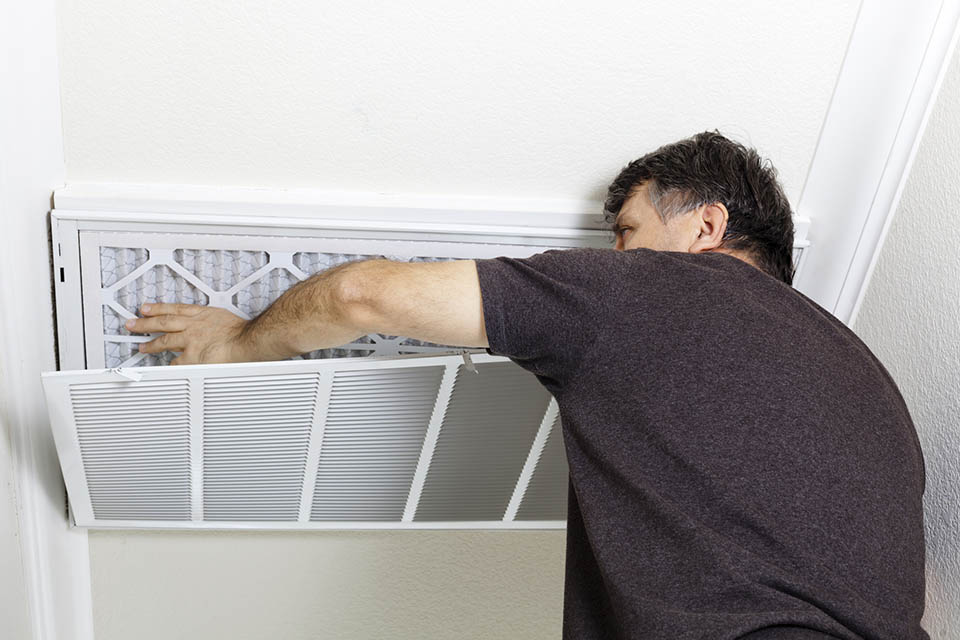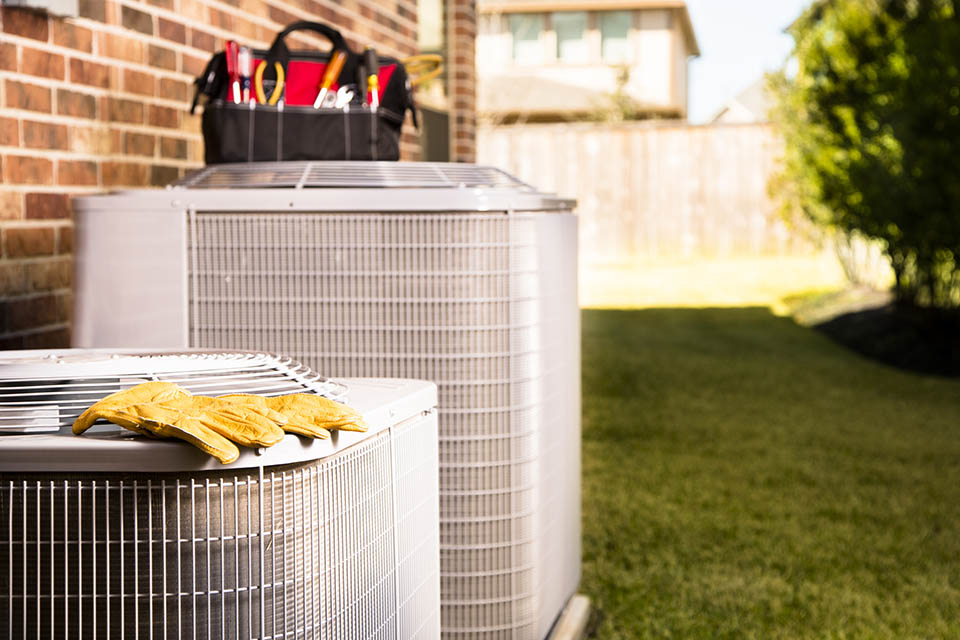HVAC Do’s and Don’ts Before Summer Hits
It’s that time of year when many homeowners are making plans for summer festivities. But it’s also a great time to make sure all of your home systems are ready to handle the extra workload that comes with hot temps.
Certainly, a home’s heating, ventilation and air conditioning (HVAC) system is one item that does some heavy lifting} during the summer months. Here, a Service Experts specialist shares seven strategies to consider when preparing your cooling system for summer.
Do Get an HVAC Tune-Up
A twice-a-year HVAC tune-up can act as protection against future breakdowns. Even though anything can happen when a system is running a lot during extreme weather, getting your air conditioner, furnace and other HVAC components tuned up before repair crews get busy during the scorching summer season can undoubtedly help you avoid costly repairs later. Plus, it also offers a status check for how your system is currently performing. Annual maintenance also may help keep your valuable manufacturer’s warranty effective, which supports you in case a key component goes bad during the warranty period.

“Tightening electrical components, cleaning condensate lines, cleaning the outdoor and indoor coils, and lubricating necessary components, it’s all part of the annual checkup we do,” said the field operations manager at Service Experts, Mike Carson. “And, we’ll change your air filters and answer any questions you may have too. It’s the best small investment any homeowner can make this time of year.”
Don’t Delay Repairs
When a specialist suggests repairs during a tune-up or if they come up unexpectedly, some homeowners think they can extend the use of the part or component for “just one more summer.” This thinking, however, only leads to more pricey repairs later on.

“Clogged lines, dirty filters, low refrigerant (Freon), loose or broken parts, you name it, it all contributes to how efficiently your system runs. It’s always best to address problems when they arise to keep it operating to its full potential,” Carson emphasized.
Do Upgrade Your Thermostat
If you haven’t done it already, upgrading to a smart thermostat could reduce wear and tear on your heating and cooling equipment. Think about this: Energy savings estimates can range from as low as 12% a year to higher than 20%. Your best option is to go with an Energy Star®-certified thermostat, Carson said, and ask an HVAC pro about how to set cooling times that line up with your daily habits. In some areas, you also may have the option to take advantage of reduced electricity rates during off-peak hours.
Don’t Use a Very Restrictive Air Filter
Routinely changing your air filter is critical; however, there are many different filters to choose from. Certain types can be tremendously restrictive, promising to catch or eliminate all viruses and contaminants. While they may efficiently remove many contaminants, these highly restrictive filters might also choke airflow and very well could make your unit work harder. When you schedule your tune-up, it’s a good plan to ask the HVAC professional for a recommendation, Carson added.
Do De-Clutter and Eliminate Obstructions
This is not merely a tip about household clutter, but more about removing the airflow obstructions inside and outside of your home. First, indoors, if air vents are obstructed by furniture or household items, that can restrict ventilation into that room or area. That means your air conditioning will be forced to run longer to get the air temperature to the number set on your thermostat.
The other area where obstructions can be a problem is around your condenser coil outside the residence. Some homeowners see these as an eyesore and try to cover them up with shrubs or even build structures or other landscaping. Bad idea!

“Obstructions to units and vents on the inside and outside of the home can be both an efficiency and safety concern,” Carson said. “Covering up or blocking return air vents, where the system draws in the air inside the home is another common problem we see. These things can be like asking your system to work harder while wearing a very heavy face mask.”
Don’t Ignore Your Air Ducts
Clean air ducts are essential to the health of your residence—and the people who live in it. Pollen and airborne contaminants from sprays, cooking, candles, fireplaces and off-gassing items can all stay inside your air ducts and cause trouble for people living with asthma and allergies.
Here are a few indicators your home may be ready for an air duct cleaning:
- Mold has been discovered in the home or on the inside of the air conditioner.
- Dust blows out of vents when the blower is switched on.
- A renovation involving extensive dust has recently been done.
Do Consider a High-Efficiency Equipment Upgrade
If your system is nearing the end of its life, replacing it with a modern, high-efficiency system before the hot summer weather is here can be better than waiting for “just one more summer.” Though that has always been true, it’s more true today than ever before.
